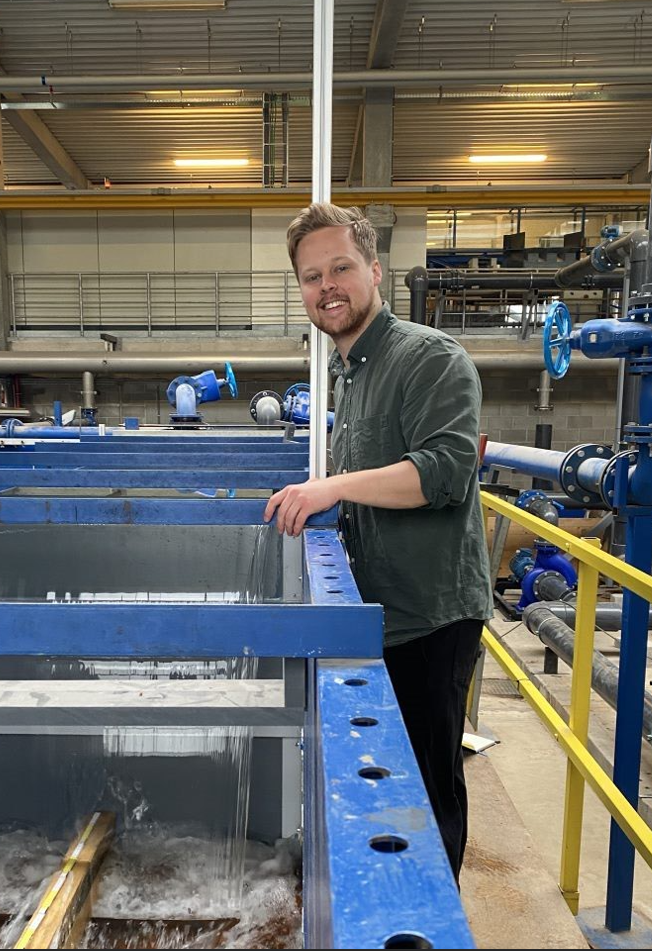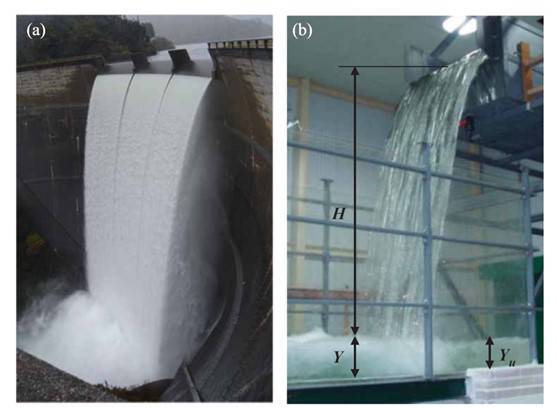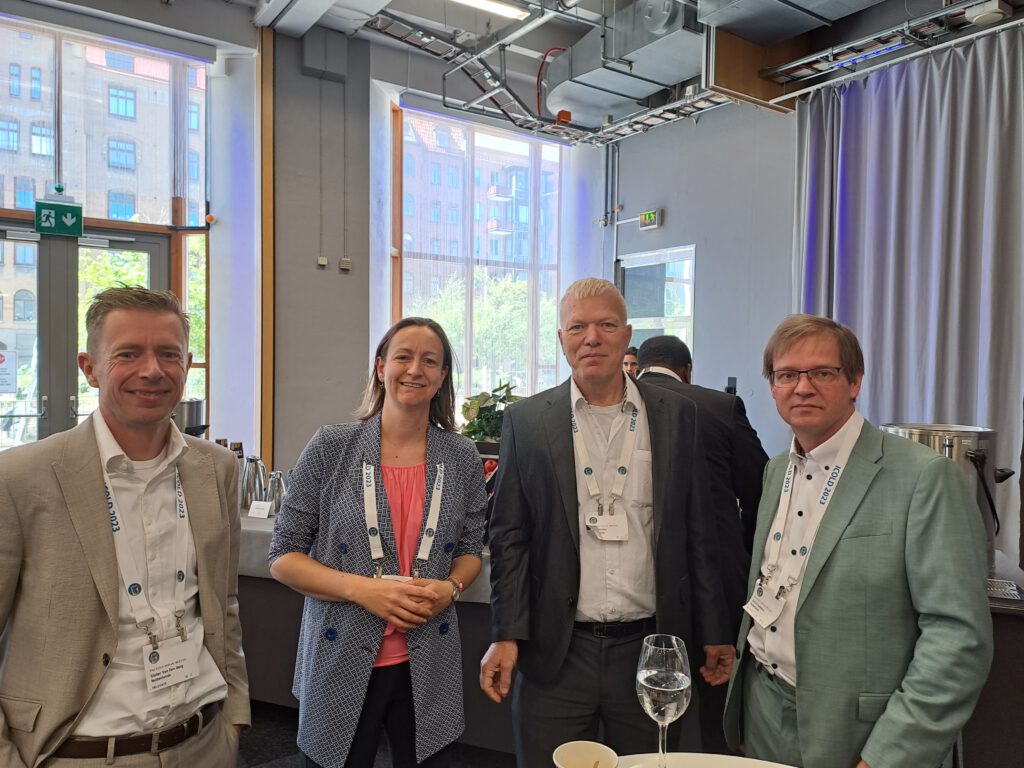BOLOGNA – The 30th meeting of the European Working Group for Internal Erosion (EWG-IE) and the 5th meeting of the European Working group for Overtopping and Erosion (EWG-OOE) were hosted by the University of Bologna in the beginning of September. Below a brief report on the EWG-IE meeting. During this 3-day meeting, the EWG-IE meeting allows for interaction and an international knowledge exchange between experts and practitioners in the field of internal erosion for dams and levees.

Most of the contributions focused on experimental and numerical research related to the internal erosion processes of backward erosion piping and suffusion. The topics ranged from better understanding local mechanisms through local measurements and particle scale models to the application of existing models in practice along some of the main rivers in Europe. Additionally, new research proposals on backward erosion piping and suffusion were presented. Field-scale applications of fibre optics for head measurements and geophysical methods provided inspiration for more advanced data collection. Several participants presented their databases on case histories of breached dams and levees.
Three Dutch contributions were presented on the decision support framework for piping, developed in collaboration with USACE (Vera van Beek and Bryant Robbins), on the KIA ‘piping op veldschaal’ and preliminary experiments (contribution by Joost Pol et al., presented by Vera van Beek), and on research for the application of a SoSEAL barrier as a piping measure (Silvia Bersan).
During the last day of the workshop, we visited the laboratory of the geotechnical department of UvB, where they conduct small- and medium-scale piping experiments to investigate vertical geotextiles as alternatives to more traditional measures. The relevance of internal and external erosion became very clear during the field visit in the afternoon: we visited one of the many sites where a breach occurred during the major floods in the Po area in May 2023. The unprecedented scale of the flooding brings new urgency to the topics of overtopping and erosion. The levees at this site, located in the Emilia region, are currently being reinforced by outward placement and diaphragm walls.
Thanks to Laura Tonni and Michaela Marchi for the organization and warm welcome in Bologna. For more information, please visit https://events.unibo.it/ewg-ie-ooe-meetings-bologna2024.
The next combined meetings will be scheduled on 23-28th of June 2025 in Brno Czech Republic.





